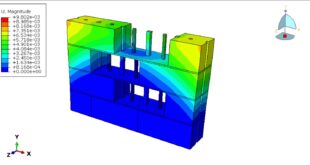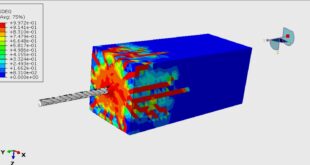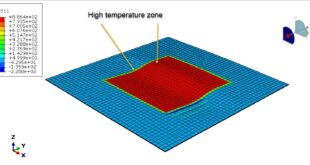Introduction to Low-Velocity Impact Behavior of Interior Voided Slab-Column Connections Using Steel Sheets
Background
Slab-column connections are critical structural elements in modern construction, particularly in flat-plate systems where shear resistance and punching strength are major concerns. Introducing voids within the slab (voided slabs) can reduce weight, improve material efficiency, and enhance seismic performance. However, these voids may influence the structural behavior under impact loads, such as low-velocity impacts (e.g., falling debris, vehicular collisions, or accidental loads). Steel sheets are often used as reinforcement or strengthening elements in slab-column connections to enhance ductility, shear resistance, and energy absorption. Understanding the low-velocity impact behavior of such connections is essential for ensuring structural safety and resilience
You can see a figure of the concrete slab, steel sheets, steel bars, and the impactor in the assembly section
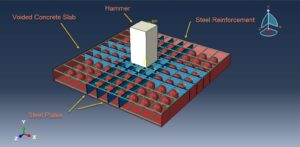
Research Significance
Investigating the low-velocity impact response of voided slab-column connections with steel sheets provides insights into
Energy Dissipation Mechanisms – How steel sheets contribute to impact resistance
Failure Modes – Whether punching shear, flexural cracking, or localized damage dominates
Void Effects – How internal voids influence stress distribution and damage propagation
Design Optimization – Improving structural configurations for better impact performance
Key Factors Influencing Impact Behavior
Impact Energy & Velocity – Low-velocity impacts (typically < 10 m/s) induce different damage patterns compared to high-velocity impacts. In this example, we use a higher velocity under 20m/s to consider more compression and tension damage
Steel Sheet Configuration – Thickness, placement (embedded or externally bonded), and material properties affect load redistribution
Void Geometry & Distribution – Size, shape, and arrangement of voids alter stiffness and stress concentrations
Boundary Conditions – The restraint provided by surrounding structural elements influences the dynamic response
Expected Outcomes & Applications
Improved retrofitting strategies for slab-column systems in impact-prone environments
Guidelines for designing voided slabs with steel reinforcement to mitigate impact damage
Enhanced numerical and analytical models for simulating low-velocity impact scenarios
This research direction bridges the gap between conventional static/dynamic analysis and real-world accidental loading conditions, contributing to safer and more efficient structural designs. After the simulation, all results such as stress, strain, tension and compression damage, steel sheets deformation, and others are available. You can see some figures of the results below
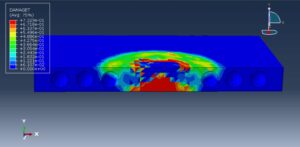

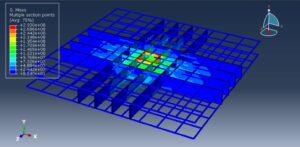
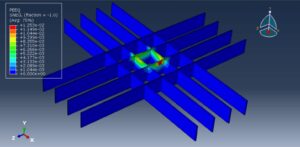
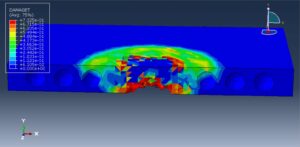
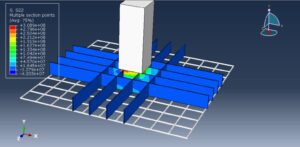
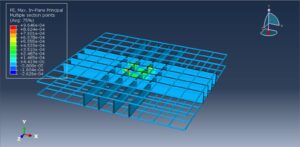
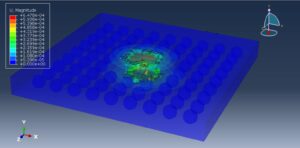
 Abaqus tutorials Abaqus tutorials
Abaqus tutorials Abaqus tutorials
